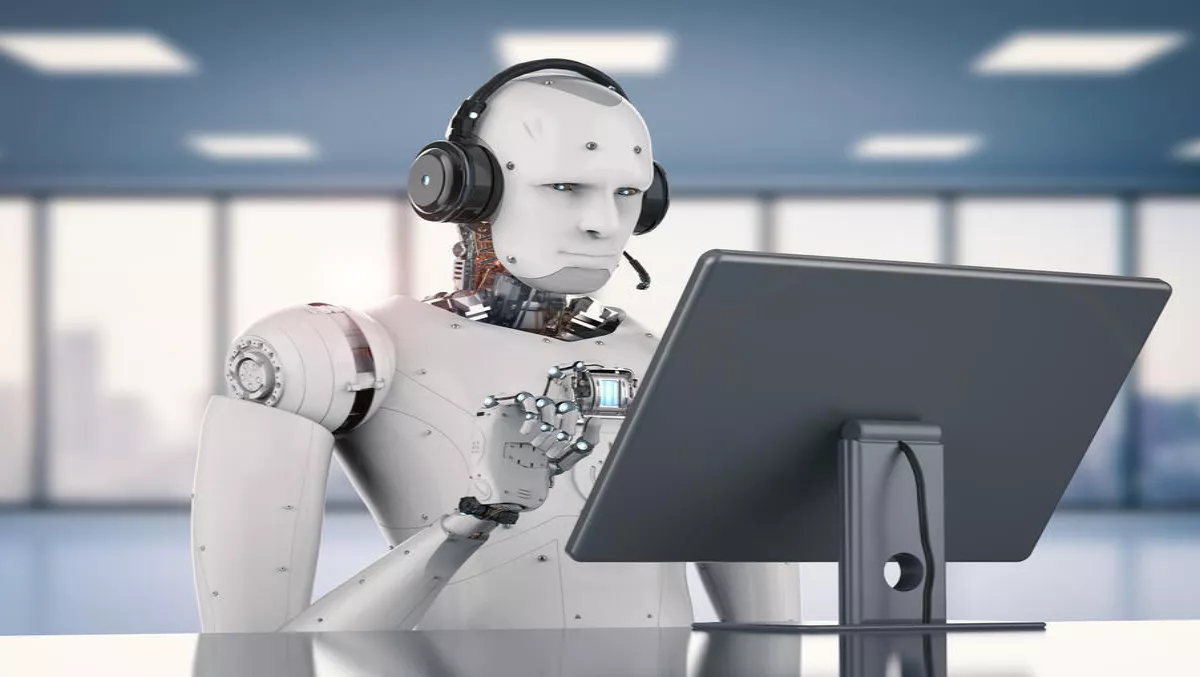Customer communication is often handled by human agents who manually generate, route, and respond to messages.
However, messaging is becoming more automated as businesses can replicate the agent workflow and get insights on customers by sending messages with bots.
Gartner predicts that by 2020, customers will manage 85% of their interactions with companies through automated intelligence.
What Exactly Is a Bot?
For mobile messaging, bots are software that lets a customer interact with a business through messaging. While some bots will operate on their own, many others will support and augment a human agent that's representing the business.
Microsoft Skype, Facebook Messenger, and Slack are just a few examples of messaging products that use bots based on machine learning for smarter interactions.
These bots fall into the following categories:
- Chat bots can carry on a two-way conversation with a human.
- Personal assistant bots can answer questions and respond to commands, but they typically don't carry on a two-way conversation, at least as their primary function.You know them as Siri, Google Now, and Cortana.
- Notification bots are made of logic that lives in your chat room. They pop up now and again to update you with relevant information, but you don't necessarily chat with them.
- Command line bots use simple text commands to access services like checking the weather, ordering a car directly from Slack, or controlling an IoT device.
Why Bots Matter: An Example
An example of the transition from human agents to bots is the Twilio TaskRouter API, which is an intelligent routing system. TaskRouter dynamically assigns messages to the human agents that can best handle them.
Messages and other types of data can be routed based on the "skills" required and the priority set.
After collecting and analysing messages using things like natural language understanding (NLU) and intent extraction, the next logical step is to automate responses with bots.
Why Bots Are Getting More Powerful
There are three factors influencing this fast-moving space:
- Advances in artificial intelligence (AI): A wealth of compute resources and large data samples have pushed AI further and faster than we ever expected.
- Adoption of APIs and microservices: Development trends have moved away from monolithic applications. Now bots can understand a calendar, look up current inventory, or make updates in real-time.
- Adoption of messaging by businesses: Business-to-consumer communication has created new business cases for bots, which is driving even greater investment.
While some are trying to build a true artificially intelligent bot, a hybrid-based approach is most practical in many scenarios.
With the hybrid approach, a human-assisted bot is a first-to-respond entity, and it falls back on a human agent if it doesn't know how to respond effectively. Facebook M and Clara are examples of this type of bot. It is arguably all that many businesses need.
The goal of the human-assisted bot is to fulfill requests using machine learning as often as possible. Bots can learn from human decisions, so they get better with algorithmic and data-driven decisions day-by-day, eventually reducing the need for humans to step in.
Hybrid intelligence is a "best of both worlds" approach and makes for an excellent way to deliver human-style communication at scale.
Final Thoughts
Bots enable your business to respond to customer messages promptly, and to increase the number of customers you can communicate with at once. It's a scalable way to tackle the previously unscalable problem of customer support.
Next up, we'll dive into the infrastructure options you have for mobile messaging. We'll also introduce you to a cloud-based building block approach that is the perfect balance between cost and customisation.



